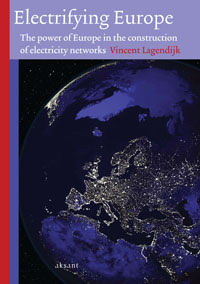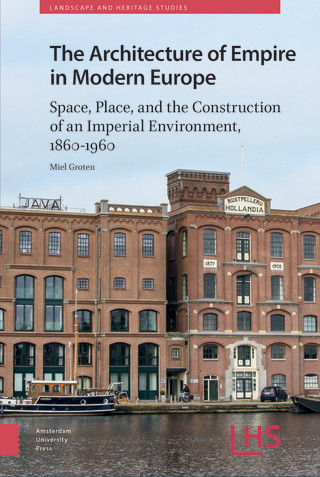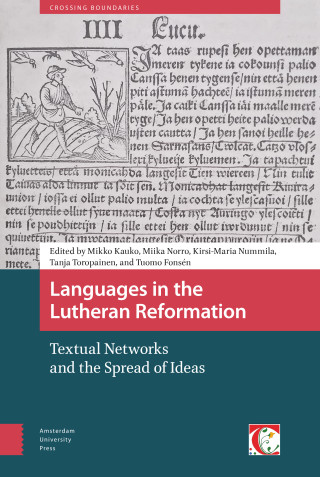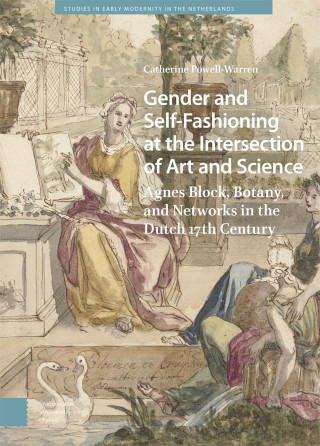
Vincent Lagendijk
Electrifying Europe
The power of Europe in the construction of electricity networks
Nowadays most consumers are aware of the European dimensions of their electricity supply. But what ideas lie behind this European network? In constructing electricity networks, “Europe” performed a Janus-faced function. On the one hand, a European network would bolster economic growth and peace. On the other, economic growth through electrification would increase military potential.
By combining a wide array of rarely used sources, this book unravels how engineers, industrialists, and policymakers used ideas of Europe to gain support for building a European system. By focusing on transnational and European actors, this book is a valuable addition to existing national histories of electrification. It is an original contribution to the history of technology, while also making the role of technology visible in more mainstream European history.
The empirical chapters show how ideas of European cooperation in general became intertwined with network planning during the Interwar period, although the Depression and WWII prevented a European electricity network from being constructed. The subsequent chapters describe the influence of the Marshall Plan on European network-building, focusing on both its economic and military aspects. The last chapter portrays how the Iron Curtain was contested. The troubled expansion of networks and capacity in Western Europe provided an underpinning for political rapprochement with the East in the 1970s and 1980s. Political and economic turmoil after 1989 accelerated this process, leading to an interconnected European system by 1995.
By combining a wide array of rarely used sources, this book unravels how engineers, industrialists, and policymakers used ideas of Europe to gain support for building a European system. By focusing on transnational and European actors, this book is a valuable addition to existing national histories of electrification. It is an original contribution to the history of technology, while also making the role of technology visible in more mainstream European history.
The empirical chapters show how ideas of European cooperation in general became intertwined with network planning during the Interwar period, although the Depression and WWII prevented a European electricity network from being constructed. The subsequent chapters describe the influence of the Marshall Plan on European network-building, focusing on both its economic and military aspects. The last chapter portrays how the Iron Curtain was contested. The troubled expansion of networks and capacity in Western Europe provided an underpinning for political rapprochement with the East in the 1970s and 1980s. Political and economic turmoil after 1989 accelerated this process, leading to an interconnected European system by 1995.
Author
- Title
- Electrifying Europe
- Subtitle
- The power of Europe in the construction of electricity networks
- Author
- Vincent Lagendijk
- Price
- € 54,95 excl. VAT
- ISBN
- 9789052603094
- Format
- Paperback
- Number of pages
- 246
- Language
- English
- Publication date
- 03 - 03 - 2009
- Dimensions
- 16.9 x 24.1 cm
- Series
- Technology and European History Series
- Category
- Modern History
- Discipline
- History, Art History, and Archaeology
Electrifying Europe - 2
Acknowledgements - 6
Table of contents - 10
List of illustrations - 12
Abbreviations - 14
Chapter 1 Introduction In search of European roots - 16
Chapter 2“Opening the doors to a revolution” - 40
Chapter 3 Planning a European network, 1927-34 - 70
Chapter 4 (Re)Constructing regions, 1934-51 - 108
Chapter 5 Securing European cooperation, 1951-2001 - 158
Chapter 6 Conclusion From cooperation to competition - 214
Sources and bibliography - 224
Summary - 246
Related titles

The Architecture of Empire in Modern Europe
Miel Groten

Languages in the Lutheran Reformation
Mikko Kauko, Miika Norro, Kirsi-Maria Nummila, Tanja Toropainen, Tuomo Fonsén (eds)

Wars and Betweenness
Aliaksandr Piahanau, Bojan Aleksov (eds)

Gender and Self-Fashioning at the Intersection of Art and Science
Catherine Powell-Warren
